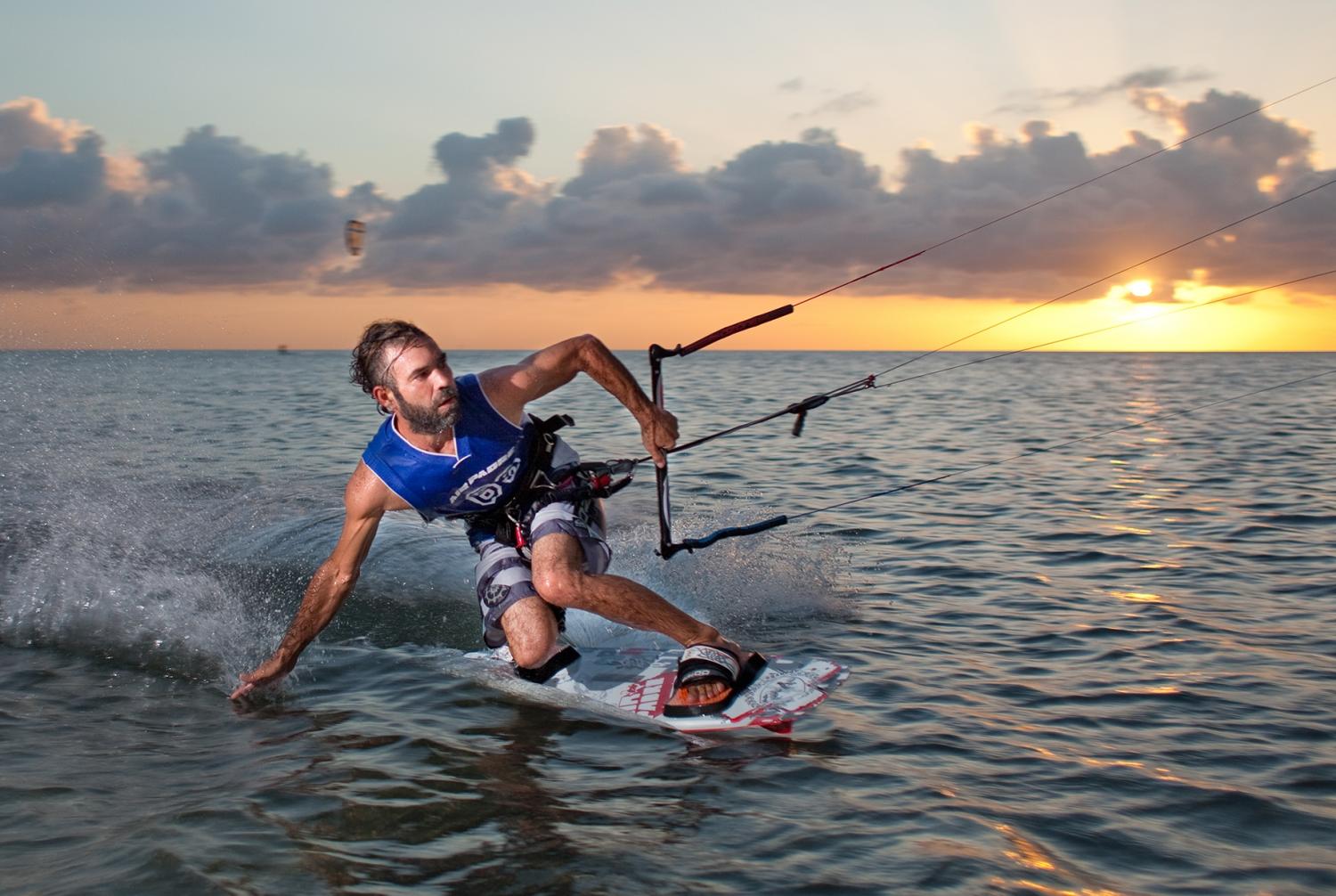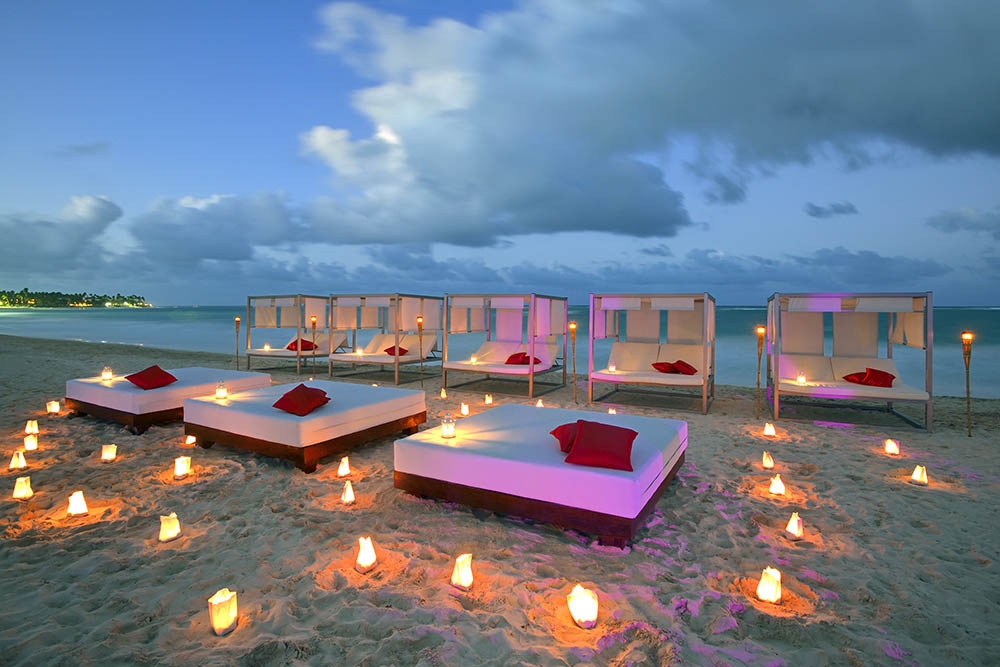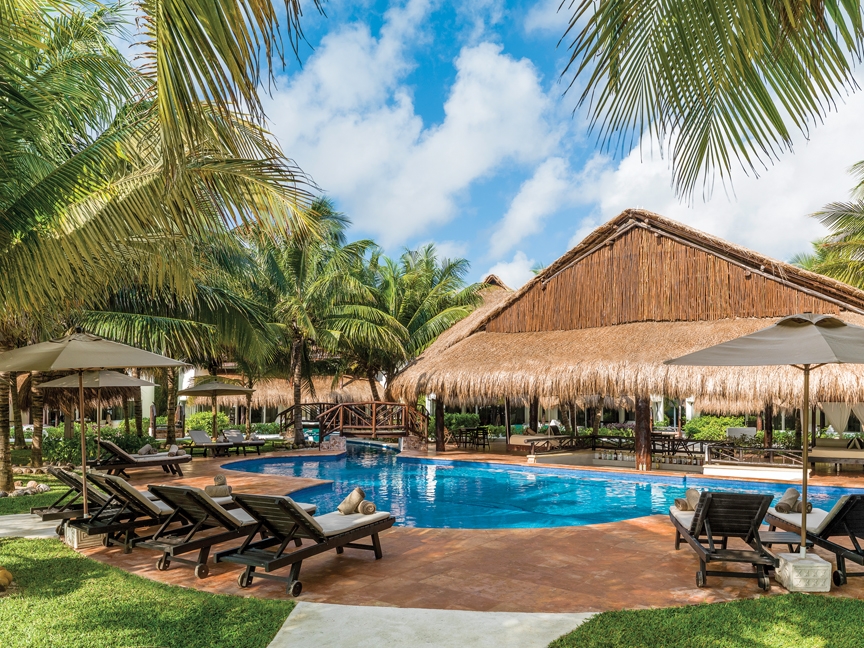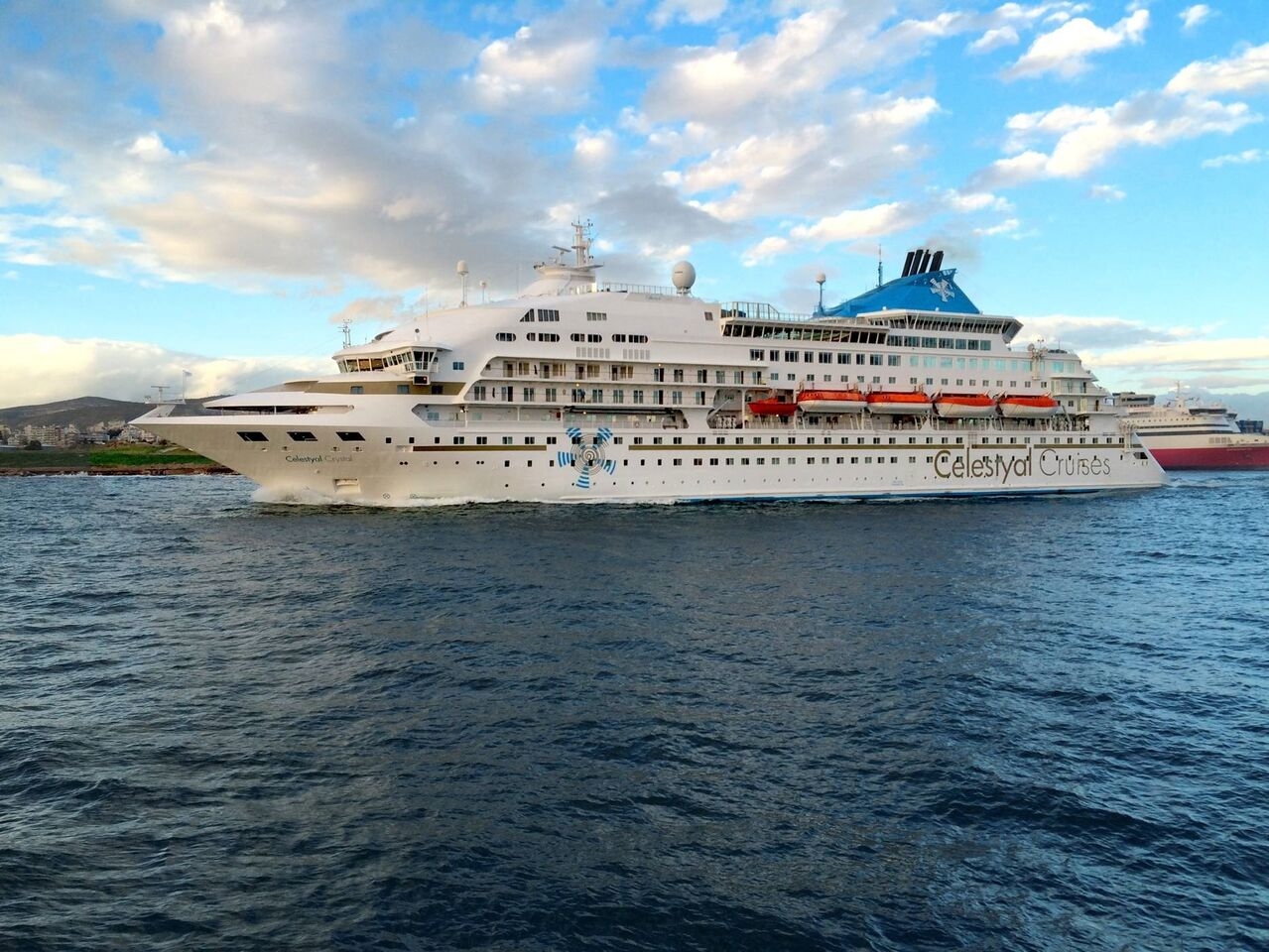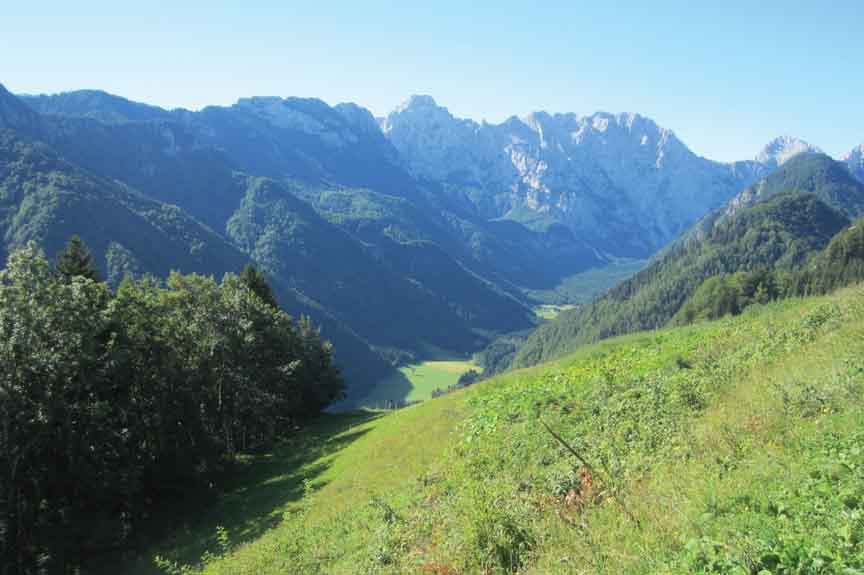
Travel: Discover Slovenia
Nestled between Italy to the west, Austria to the north, Croatia to the south and southeast and Hungary to the northeast is one of the most beautiful and yet relatively unknown European gems, Slovenia. Whether it’s food, geography, landscape, architecture, activities or even climate, diversity permeates everything. It may sound cliché, but there really is something for everyone in this small but activity-packed country.
Slovenia is steeped in history and culture for those looking for the traditional Euro experience. If you are into wine, you are in for a treat as there is some incredible wine-making going on here, and if you’re into the outdoors, adventure-type sports (kayaking, white water rafting, extreme rafting) or more calm outdoor sports like hiking, cycling, running (there are some 10,000 km of marked hiking trails to be explored) or canoeing, you need to head to this incredible country. Slovenia will far exceed your expectations.
Back in 2007, the European Union (EU) established a new award, the European Destinations of Excellence (EDEN) to promote sustainable tourism for lesser-known EU members. Countries submit locations based on the theme of that year. With the exception of 2007, Slovenia has won an EDEN every year. And rightfully so. The country is stunning. In fact, Slovenians take great pride in the natural beauty and the richness of their natural resources. Over fifty per cent of the country is covered by trees and over a third of the territory is protected. And for a country of its size, there is an amazing number of microclimates. On the same day, if you’re willing to do a few hours of driving, you can be kayaking in a tank top along the border between Croatia and Slovenia in the morning and then be up in the Alps near the Austrian border needing a thick sweater in time for supper.
But wherever you are, you can enjoy a good bottle of Slovenian wine. In fact, wine making is big in Slovenia. One per cent of Slovenia’s territory is covered by vineyards and it is part of their culture. You see shacks and huts everywhere on vineyards that are there for families making wine together. One of the country’s most celebrated winemakers is Jozef Prus, whose estate is located in the area of Metlika, Bela krajina. Metlika, in the heart of wine-making country, is a quaint village and dates back to the 14th century. A visit to the Prus estate, which is literally a stone’s throw from Croatia, is a must. He has won wine world championships and has been the country’s top winemaker for the last three years.
Not only can you sample Prus’ award-winning wine (which is also inexpensive), you can enjoy some “Belokranjska pogaca” flat cake which is similar to bread. The dish was awarded the status of a protected designation of origin by the European Community and Prus Estates is one of the 20 places in the country where you can get the authentic bread. Hopefully you can actually meet Prus himself as he is larger than life (and there is even a Canadian connection. His grandfather earned the money to buy the land for the vineyard working in a mine in Canada).
Slovenia is outdoor sports-junkie mecca. Skiing in the winter is phenomenal. You are in the Alps after all. But summer enables you to take advantage of the country’s abundance of outdoor activities. Kayaking, hiking, canoeing, cycling are particularly enjoyable. Canoeing on the Kolpa River is all about soaking up the nature around you and rich biological diversity (the Kolpa river is home to about 30 different species of fish and you can encounter about 100 different species of birds) all the while drinking beer while you paddle. It’s also pretty amazing that on one side of the river is Croatia and the other side is Slovenia. You can jump out and swim at any point. The whole thing is relaxing.
The Triglav National Park (named after the highest mountain in Slovenia) is located in the northwest of Slovenia, more precisely in the Julian Alps (named after Julius Caesar). It is the country’s only national park. If you are travelling there from Ljubljana, you will drive through mountain passes to get there (Vrsic Mountain Pass in particular). This may raise the hair on the back of your neck but it is worth every second. Slovenia should actually include driving as an adventure sport. Winding through the twisty roads may be slow but it also provides some stunning views. Slovenia truly is among the most beautiful countries in Europe.
Thrill seekers will absolutely adore white water rafting in the Soca Valley, which is very close to Triglav. The Soca River itself is stunning, runs close to 100 km and the colour is a stunning turquoise. Rafting aficionados flock here in droves to experience the Soca but even a dorky Canadian novice can be accommodated. The Soca Gorge is definitely worth catching. Grab a meal at the Pristava Lepena (which is also a resort). The food is outstanding and be sure to try their Marble Trout (a fish of the area). It will make a fish lover out of anyone.
The town of Bovec, close to the Soca, is a great place to hang your hat. It has a real sporty feel to it as a lot of the adventure sports companies are there. It is reminiscent of surfing culture and it oozes hipness. For a fab dinner, check out Martinov Hram for authentic foods of the region and enjoy the view of the mountains. It’s an amazing town.
While sports, mountains and nature are considered by some to be the main attractions to the area, it turns out there is a lot of WWI history. The Walk of Peace is an outdoor museum with the most important remains and memorials of the Isonzo front in the Upper Soca region from WW1. The path runs 100 km so you can check in at the Walk of Peace Information Centre at Kobarid and they will set you up on where you should go. One piece of neat trivia, Slovenia was the setting for Ernest Hemingway’s book A Farewell to Arms. He served in Slovenia as part of the Italian Army in WWI.
In fact, given it is European, the country bubbles over with history. Ljubljana, the capital city, is jammed with medieval streets and old buildings and churches. The Ljubljana Castle, which reigns over the city atop a hill, is worthy of the funicular ride up. There are great views of the city and a great café and restaurant to get your caffeine, food or beer fix. Below, the city bustles and has that Euro feel to it. Café and bar culture abounds and Slovenians, as a general rule, like to have fun and enjoy a glass or two. In fact, the Slovenian anthem is actually a toast. They enjoy life.
The capital city is divided in two by the river Ljubljanica. Take time to explore this city on foot and check out the bridges as they have beautiful sculptures and are stand-alone works of art. There is a great flea market in the heart of the city also worthy of exploration.
About an hour from the capital is the village of Idrija. It is the oldest Slovenian mining town situated in the western part of the country in Goriška Region. Famous for its mercury mine and lace making, Idrija is a fascinating destination with spectacular scenery. A visit the 500-year-old mine is de rigueur. Heading underground in Anthony’s Shaft will blow your mind. The entrance is one of oldest preserved entrances into any mine in the world.
Be sure to check out Idrija lace as well. It is everywhere and has a great story for women. The reality of mining meant the loss of husbands. To cope with financial stresses and the loss of income, women began making lace to make money. Their work took off, empowering them in the process.
Be sure to try “idrijski zlikrofi”, which are little dumplings and well worth the carbs. When it comes to cuisine, Slovenian fare is on the hearty side. You will never leave the table hungry. Those with a sweet tooth will adore the strudel-type dessert. There are over 100 types to try.
Another trip to the Alps is definitely called for. The regal, haunting Alps in the Solcavsko region with their stunning Alpine peaks are literally breathtaking. There are three glacial valleys, a nature park to roam around in hiking, cycling or running (but the altitude can wreak a little havoc on your breathing). Be sure to stay at the Hotel Plesnik in the Logarska Dolina glacial valley. Surrounded by mountains, it is the perfect place to take in the majesty of the area.
There is a panoramic road that runs about 25 km, up to the Austrian border. It is remarkably untouched by development or tourism. It is practically a religious experience to be up there, alone among the grandness of the mountains and nature.
That road is actually quite symbolic of the country. Slovenia is beautiful. It has history, it has culture, it has delicious food and amazing wine and yet surprisingly, it remains untouched by mass tourism. It has that Euro feel without having been destroyed by mass marketing or multinationals.
And the people are amazing. They are extremely hospitable, proud of their heritage and enthusiastic about sharing their country, opening their homes and hearts to visitors. It is unavoidable to love the place. Get there.



